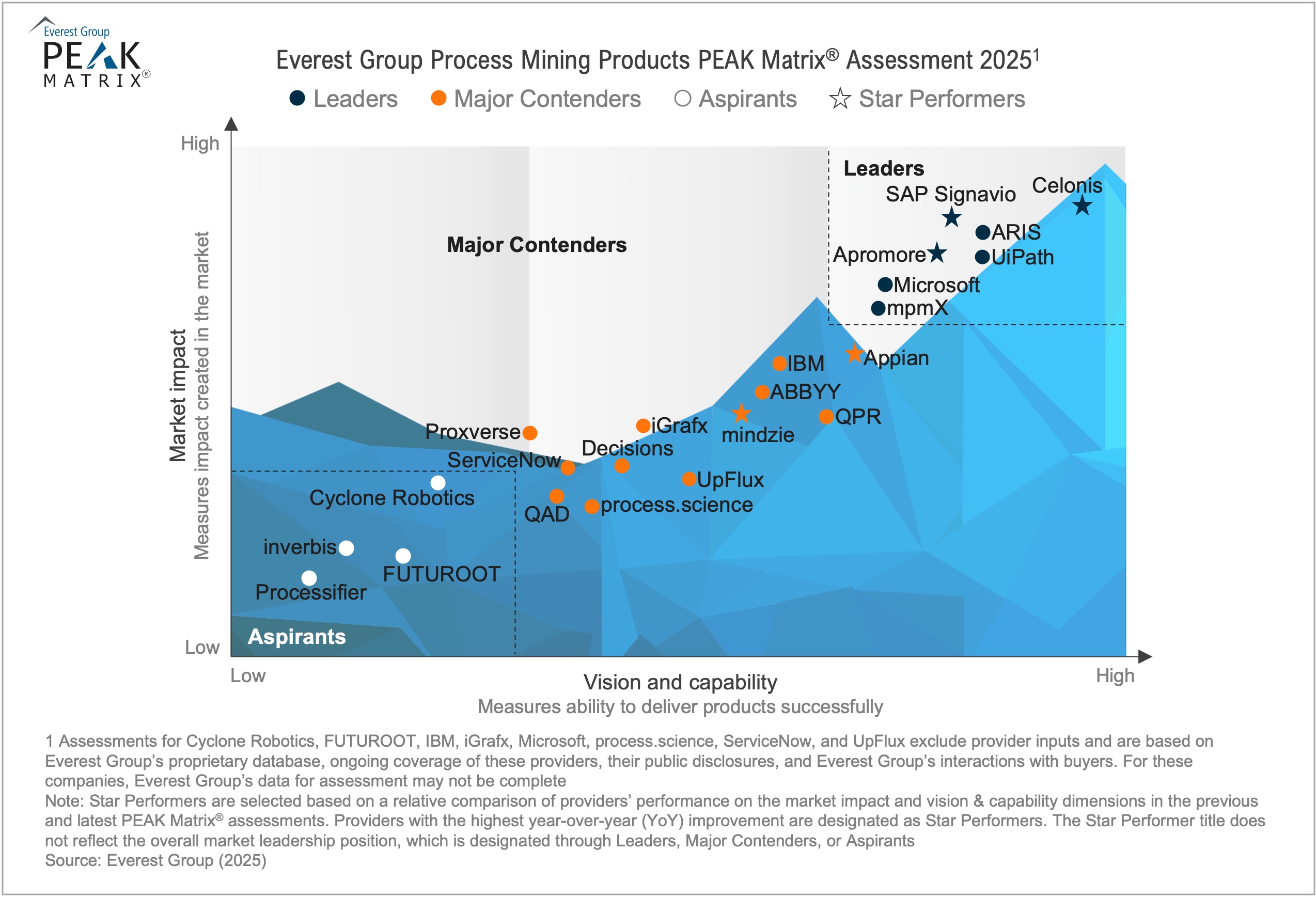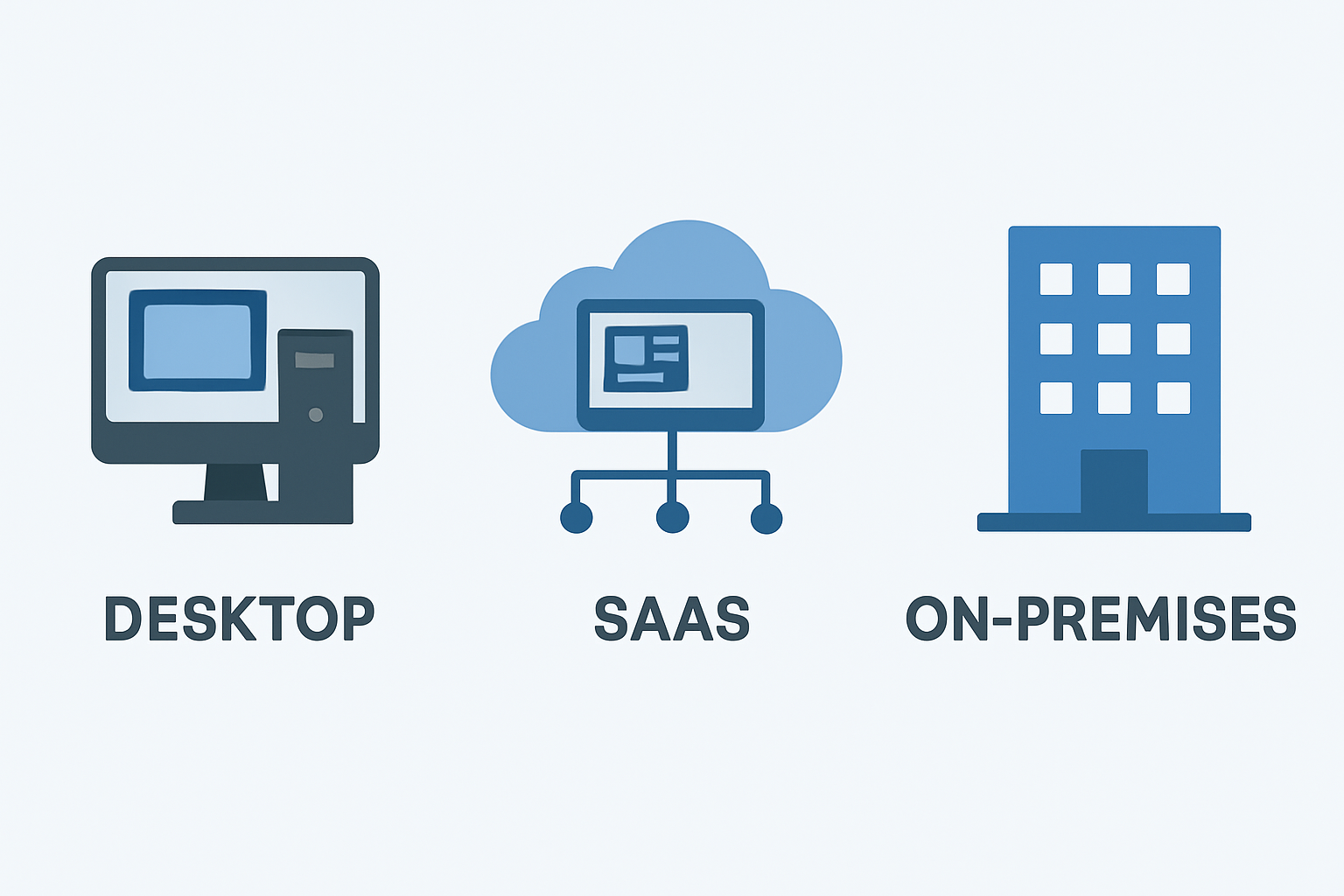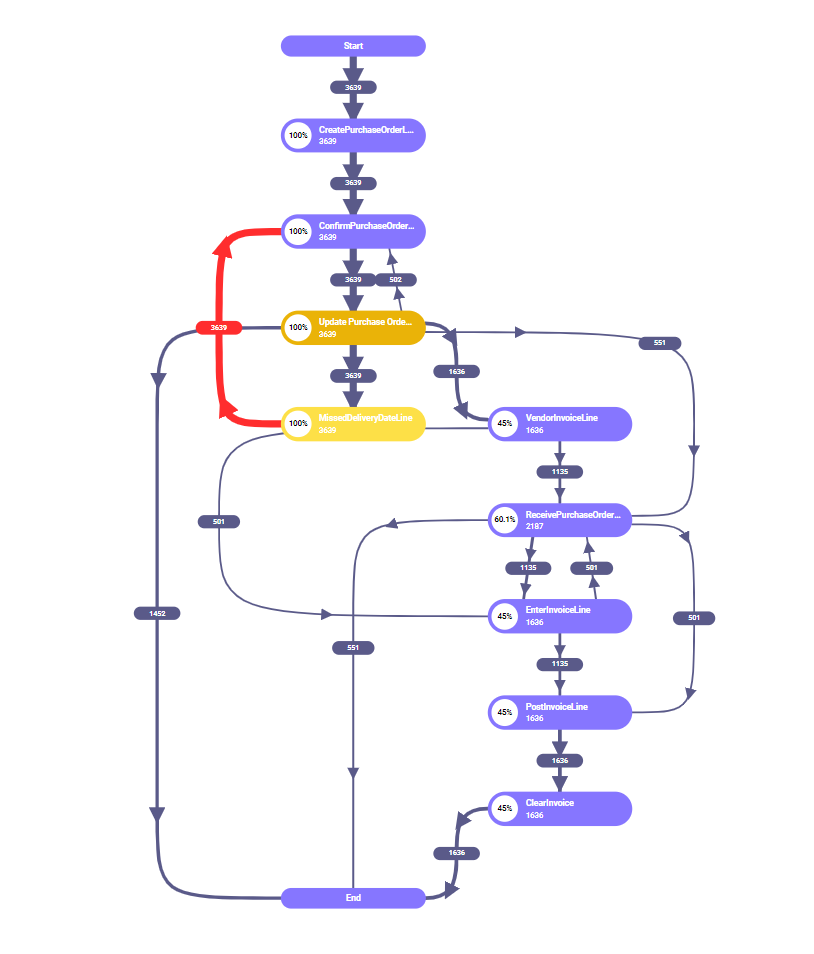What is Object-Centric Process Mining: A Comprehensive Guide
Modern business processes are increasingly complex, involving multiple interconnected objects like orders, customers, and products. Traditional process mining, which focuses on single-object workflows, often fails to capture these interactions.
Object-Centric Process Mining (OCPM) addresses this gap by providing a holistic view of multi-object processes, uncovering dependencies, and delivering deeper insights for smarter decision-making. This blog explores what OCPM is, its benefits, limitations, and the tools that make it possible.

What Is Object-Centric Process Mining (OCPM)?
Object-Centric Process Mining is a way to study processes by looking at the different objects involved and how they interact. Instead of focusing on just one process, it tracks multiple objects (like orders, products, or customers) and their connections to give a complete picture of how things work. This helps businesses understand complex workflows and find ways to improve them.
Example:
Consider an e-commerce business. A customer places an order (object 1), which contains multiple items (object 2). Each item may have its own shipping details (object 3). Traditional process mining might only analyze the order as a single case, but OCPM connects the dots, showing how the customer, items, and shipping processes interact to impact outcomes like delivery speed or customer satisfaction.
Key Principles:
- Event-Object Relations:
Events are linked to one or more objects, allowing the mining process to reflect real-world interactions. For instance, a “Shipment Dispatched” event might relate to both an order and its items. - Multiple Object Types:
OCPM considers various object types simultaneously, providing a comprehensive view of the process. This enables deeper analysis of how objects influence each other, leading to richer insights.
Traditional Process Mining vs. Object-Centric Process Mining

Traditional Process Mining
Traditional process mining focuses on single-object perspectives, meaning it analyzes processes based on a single case type, such as an order, customer, or invoice. Each event in the process is tied to this single object, making it straightforward to trace the process flow.
While effective for simple workflows, this approach often struggles with complex processes involving interactions between multiple objects. For example, if an order contains multiple items, each with different shipping schedules, traditional methods cannot easily capture the interplay between these objects.
Object-Centric Process Mining (OCPM)
OCPM takes a more holistic approach by modeling processes involving multiple interconnected objects. It links events to all relevant objects (e.g., orders, items, shipments) and analyzes their relationships to uncover deeper insights.
This allows OCPM to:
- Reveal dependencies between objects (e.g., how delays in shipping one item affect the entire order).
- Provide a complete picture of complex workflows where multiple objects interact.
- Highlight bottlenecks and inefficiencies that traditional methods may overlook.
Benefits of Object-Centric Process Mining
Benefits of Object-Centric Process Mining

1. Improved Visibility into Complex Processes
OCPM provides a comprehensive view of processes involving multiple objects, such as orders, items, and customers. By linking events to multiple objects, it captures interactions and dependencies that traditional methods miss, offering a clearer picture of how processes function in reality.
2. Better Root-Cause Analysis
With OCPM, businesses can identify the root causes of issues more effectively. For instance, delays in order fulfillment can be traced back to specific items, suppliers, or shipping stages, enabling targeted solutions to address inefficiencies.
3. Improved Decision-Making with Richer Insights
By analyzing the interplay between objects, OCPM delivers deeper insights that support data-driven decisions. It helps organizations prioritize improvements, optimize workflows, and align processes with business goals, driving better overall performance.
Object-centric process mining empowers businesses to tackle complexity head-on, leading to smarter strategies and greater efficiency.
Limitations of Object-Centric Process Mining
1. Technical Challenges in Implementation
Implementing OCPM can be technically complex, as it requires a robust infrastructure to handle the multiple objects and relationships involved. Integrating OCPM with existing systems and ensuring data quality across various objects may pose challenges, especially for organizations with legacy systems or fragmented data sources.
2. Higher Computational Costs
OCPM typically demands more computational power than traditional process mining, as it processes and analyzes a larger volume of data from multiple objects. This can lead to higher costs for storage, processing, and analysis, particularly in organizations with large-scale operations or extensive data.
3. Requires More Advanced Data Preparation
The need to model and link multiple objects in OCPM requires more advanced data preparation. Data from various sources must be cleaned, structured, and aligned correctly to ensure accurate analysis. This additional step can be time-consuming and resource-intensive, particularly for organizations with complex data ecosystems.
While OCPM offers powerful insights, its implementation requires careful planning and investment in resources to overcome these challenges.
Object-Centric Process Mining Tools
One of the leading tools for object-centric process mining is Mindzie. Mindzie leverages advanced process mining techniques, including object-centric modeling, to help businesses gain deeper insights into their processes. By connecting events to multiple objects, it enables organizations to analyze complex, multi-object workflows with ease.
Criteria for Selecting the Right OCPM Tool

When selecting an Object-Centric Process Mining (OCPM) tool, businesses should consider the following key criteria:
- Data Integration Capabilities
The tool should be able to integrate seamlessly with your existing systems, including ERP, CRM, and other data sources. It should support a wide range of data formats and have the flexibility to handle various object types. - Scalability
As businesses grow, their processes and data volumes increase. The OCPM tool should scale efficiently to handle large datasets and complex workflows without compromising performance. - User-Friendliness
The tool should offer an intuitive user interface with easy-to-understand visualizations and dashboards. It should cater to both technical users and business analysts, allowing for a broad range of users to gain insights from the data. - Advanced Analytics and Insights
Look for a tool that provides powerful analytics capabilities, such as root cause analysis, bottleneck detection, and predictive insights. The ability to perform advanced statistical analysis and machine learning will be a plus. - Customization and Flexibility
Every business has unique needs, so the OCPM tool should be customizable to fit specific process requirements. It should allow you to define custom objects, events, and relationships to tailor the analysis to your business processes. - Data Security and Compliance
Since process mining involves analyzing sensitive business data, the tool must ensure data privacy and meet relevant regulatory standards (e.g., GDPR, HIPAA). - Support and Training
The tool should come with robust customer support and training options, including tutorials, documentation, and dedicated customer service to help users maximize its potential.
Conclusion
Object-Centric Process Mining (OCPM) offers a transformative approach to analyzing complex business processes that involve multiple interacting objects. By providing a holistic view of workflows and uncovering hidden relationships between objects, OCPM enables businesses to gain deeper insights, improve decision-making, and optimize performance. While there are technical challenges and higher computational costs associated with OCPM, the benefits in terms of visibility, root-cause analysis, and actionable insights often outweigh these limitations.
Selecting the right OCPM tool, such as Mindzie, can empower organizations to navigate this complexity and drive better results. With the right data integration, scalability, and analytics capabilities, businesses can harness the full potential of object-centric process mining to enhance their operations and stay competitive in an increasingly data-driven world.
Daniel is a 20 year ventran in enterprise software sales with over 7 years experience helping businesses drive operational excellence.



